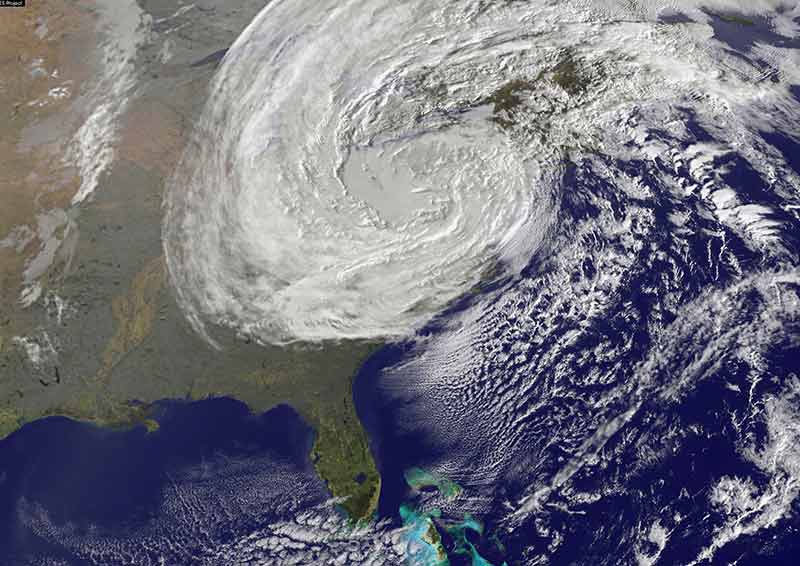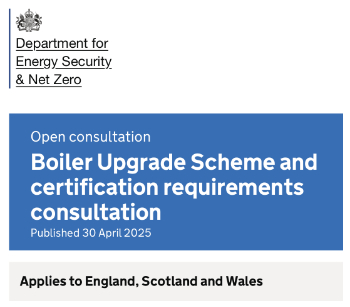Engineers and hurricanes
Robert N. Roop, Founder and President of US firm Lockatong Engineering gives an insight into how engineers help minimise risk and damage to communities.
Hurricanes are one of the most destructive forces that can hit a country. Hurricanes are large, spiraling tropical storms that can pack wind speeds of over 160 mph and unleash more than 2.4 trillion gallons of rain a day.
On September 8, 1900, the city island of Galveston, Texas was hit by the deadliest hurricane in US history where an estimated 8,000 people lost their lives. 105 years later, the country was hit again by Hurricane Katrina, which resulted in over $105 bn of damage in properties, infrastructure, and livelihood.
Because of the threats that hurricanes pose yearly, many organisations and private professionals like engineers are now creating plans for how to reduce the risk and damage from hurricanes before, during, and after their onslaught.
Before the hurricane season comes, engineers develop risk mitigation measures that reduce the frequency, intensity, scale and impact of hazards brought by the hurricane. Preparedness plans are produced which often include early warning systems that monitor and predict the occurrence of hazards, and contingency plans for effective response and recovery which can be implemented by the community.
Professional engineers are also responsible for spreading advocacy by influencing and encouraging the community and other bodies to become involved in reducing identified risk. Furthermore, engineers have the task to develop and construct infrastructure with high natural disaster resistance.
In the US, one of the government agencies that responds during natural disasters such as a hurricane is the US Army Corps of Engineers (USACE).
The USACE has a workforce of over 37,000 civilians and active duty personnel that deliver engineering services in over 90 countries. Throughout the onslaught, they provide affected people with immediate emergency support, critical commodities and temporary emergency power, and initiate recovery efforts by assessing and restoring damaged infrastructure. During and after Hurricane Sandy in 2012, the USACE team efficiently removed saltwater from subways and tunnels, and helped clear up 3.6 million cubic yards of debris from city areas.
Judging the wide scope of their role – from planning to implementation to rebuilding – it’s clear that engineers play a vital part in reducing the damage caused by hurricanes and ensuring the life and safety of the public.
Lockatong’s useful infographic at www.lockatong.com, explains more.
This article was originally published by ICE as 'How do engineers help protect communities during hurricane season?' on 1 Sept 2016.
--The Institution of Civil Engineers
[edit] Related articles on Designing Buildings Wiki
- Articles by ICE on Designing Buildings Wiki
- Catchment flood management plan CFMP.
- Coastal defences.
- Environmental plan.
- Flood risk.
- Flood risk management plans.
- Future proofing construction.
- Helping communities recover from disasters and protecting them before they occur.
- Hurricane design considerations.
- Interferometric synthetic aperture radar InSAR.
- Managing and responding to disaster.
- Masterplanning.
- Risk assessment.
- Ten years on – Lessons from the Flood on building resilience.
- Two steps towards a more resilient world.
Featured articles and news
Licensing construction in the UK
As the latest report and proposal to licence builders reaches Parliament.
Building Safety Alliance golden thread guidance
Extensive excel checklist of information with guidance document freely accessible.
Fair Payment Code and other payment initiatives
For fair and late payments, need to work together to add value.
Pre-planning delivery programmes and delay penalties
Proposed for housebuilders in government reform: Speeding Up Build Out.
High street health: converting a building for healthcare uses
The benefits of health centres acting as new anchor sites in the high street.
The Remarkable Pinwill Sisters: from ‘lady woodcarvers’ to professionals. Book review.
Skills gap and investment returns on apprenticeships
ECA welcomes new reports from JTL Training and The Electrotechnical Skills Partnership.
Committee report criticises UK retrofit schemes
CIOB responds to UK’s Energy Security and Net Zero Committee report.
Design and construction industry podcasts
Professional development, practice, the pandemic, platforms and podcasts. Have we missed anything?
C20 Society; Buildings at Risk List 2025
10 more buildings published with updates on the past decade of buildings featured.
Boiler Upgrade Scheme and certifications consultation
Summary of government consultation, closing 11 June 2025.
Deputy editor of AT, Tim Fraser, discusses the newly formed society with its current chair, Chris Halligan MCIAT.
Barratt Lo-E passivhaus standard homes planned enmasse
With an initial 728 Lo-E homes across two sites and many more planned for the future.
Government urged to uphold Warm Homes commitment
ECA and industry bodies write to Government concerning its 13.2 billion Warm Homes manifesto commitment.
From project managers to rising stars, sustainability pioneers and more.
Places of Worship in Britain and Ireland, 1929-1990. Book review.
The emancipation of women in art.

























